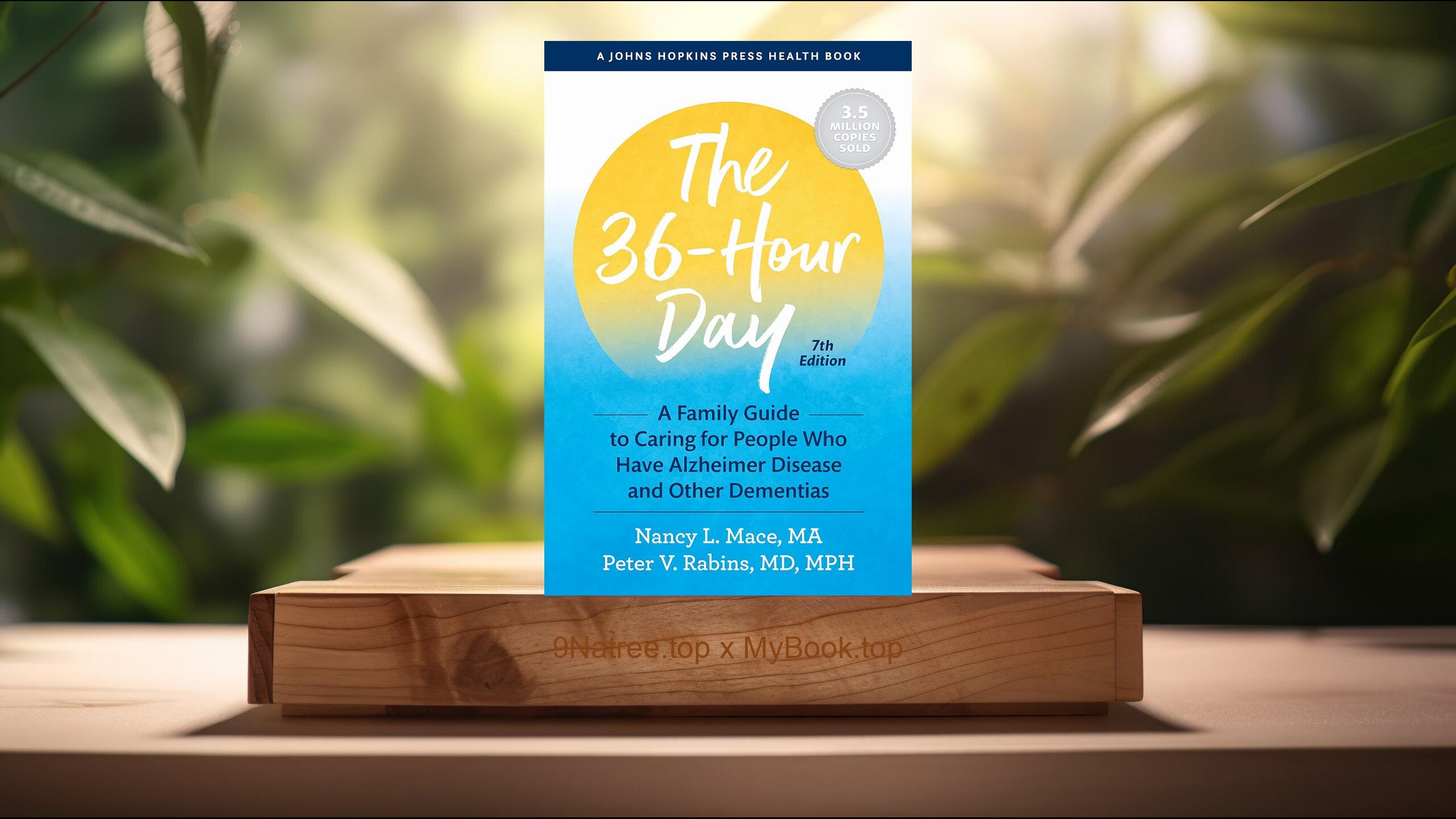Show Notes
- Amazon Books: https://www.amazon.com/dp/B01IAUGC5S?tag=9natree-20
- Apple Books: https://books.apple.com/us/audiobook/behave-the-biology-of-humans-at-our-best/id1434330518?itsct=books_box_link&itscg=30200&ls=1&at=1001l3bAw&ct=9natree
- eBay: https://www.ebay.com/sch/i.html?_nkw=Behave+The+Biology+of+Humans+at+Our+Best+and+Worst+Robert+M+Sapolsky+&mkcid=1&mkrid=711-53200-19255-0&siteid=0&campid=5339060787&customid=9natree&toolid=10001&mkevt=1
- Read more: https://mybook.top/read/B01IAUGC5S/
#HumanBehavior #Neuroscience #Psychology #Biology #RobertSapolsky #Morality #Empathy #AggressionandCooperation #Behave
These are takeaways from this book.
Firstly, The Biology of Our Best and Worst Selves, Sapolsky begins by presenting the dichotomy of human behavior—our capacity for both incredible altruism and devastating violence. He explores how hormones like oxytocin can dictate social bonding and aggression, the role of genes in predisposing behaviors, and how our frontal cortex modulates our impulses. Through a detailed analysis, Sapolsky illustrates how seemingly small biochemical differences can lead to vastly different behavioral outcomes, emphasizing that our 'best' and 'worst' selves are often products of our biology interacting with environmental cues.
Secondly, The Role of Stress and Environment, A significant portion of the book is dedicated to the impact of stress and environmental factors on behavior. Sapolsky explains how stress hormones like cortisol affect decision-making and social interactions, often exacerbating conflict or fear responses. Moreover, he highlights the importance of early life experiences and cultural context in shaping our stress responses and, by extension, our behavior. Through engaging anecdotes and rigorous science, this section underscores the complex nature of human behavior, driven not just by biology but by a lifetime of experiences and the society we inhabit.
Thirdly, The Neuroscience of Morality and Empathy, One of the most captivating aspects of 'Behave' is its exploration of the neuroscientific foundations of morality and empathy. Sapolsky delves into the regions of the brain involved in ethical reasoning and emotional regulation, discussing how neuroplasticity and neurochemical balances influence our moral decision-making. He also examines the evolutionary roots of empathy, proposing that our capacity for understanding and sharing the feelings of others is a crucial aspect of human social dynamics. This section not only offers a deeper understanding of the biological basis for these complex social behaviors but also challenges readers to consider the implications for justice and societal norms.
Fourthly, Aggression and Cooperation: A Biological Perspective, Sapolsky tackles the biological mechanisms behind aggression and cooperation, providing insightful comparisons between humans and other animals. He discusses the evolutionary advantages of both aggressive and cooperative behaviors, how they have shaped human societies, and the triggers that can flip our behavior from one to the other. Importantly, Sapolsky highlights the role of the environment and cognitive biases in influencing whether we choose aggression or cooperation in any given situation. Through this analysis, 'Behave' offers a nuanced understanding of these complex behaviors, grounded in biological reality but profoundly influenced by external factors.
Lastly, The Importance of Context in Understanding Behavior, Throughout 'Behave', Sapolsky emphasizes the critical role of context in interpreting human actions. He argues that to truly understand why people behave the way they do, one must consider an intricate web of momentary, environmental, historical, and evolutionary contexts. This comprehensive approach illuminates the often overlooked factors that influence behavior, such as the impact of societal norms, historical injustices, and even geographical location. By advocating for a more empathetic and context-aware perspective on human behavior, Sapolsky provides readers with the tools to better understand the complexities of their actions and those of others around them.
![[Review] Behave: The Biology of Humans at Our Best and Worst (Robert M. Sapolsky) Summarized](https://episodes.castos.com/660078c6833215-59505987/images/1763486/c1a-085k3-7nq6pxwdb95p-62xfxe.jpg)




